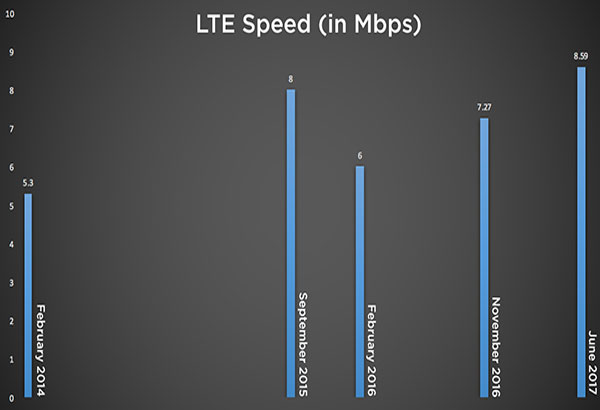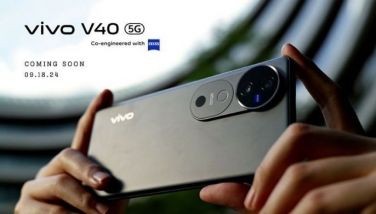Let’s stop comparing our mobile internet to Singapore and Korea

The latest OpenSignal report on the State of the internet has once again placed the Philippines at the bottom end of the list.
The first quarter (2017) report of OpenSignal gives the Philippines and average LTE speed of 8.59Mbps. This is slightly higher than the average recorded speed of 7.27Mbps about six months ago.
However, out of the 75 countries that were surveyed, the Philippines ranked no. 71 which is the fourth from the last. The country continue to beat India (5.14Mbps), Saudi Arabia (7.84Mbps) and Costa Rica (5.14Mbps). We also surpassed Indonesia (7.71Mbps) which used to be ahead of us during the last survey.
Topping the list is Singapore at 45.62Mbps followed by South Korea at 43.46Mbps. the two have been leading the rankings for many years so it’s no longer a surprise.
Setting aside the rankings, I think it’s more important to look at just the average and determine if it’s good enough for regular consumers. We will never beat South Korea, Singapore or Japan in the rankings and that’s okay as long as what we’re getting is fast enough.
So let’s look at the historical data from the last three or four years and see if there’s significant improvement in our LTE speed and coverage.
Based on public data published by OpenSignal since 2014, here’s how our LTE speeds have fared:
From February 2014 to June of 2017, the average LTE speeds has improved from 5.3Mbps to 8.59Mbps or just around 62 percent.
If we took the September 2015 report by OpenSignal and compare it to the latest report, the difference is just a paltry 0.59Mbps, which is merely a seve-percent increase. That’s a very slow progress in our LTE networks.
Aside from speed, another key factor that we should look at is the network coverage. OpenSignal determines this by taking a look at how often a subscriber’s smartphone is able to latch on to the LTE network.
In September 2015, it was just 39 percent. In November 2016, LTE coverage went up to 44.8 percent. This June 2017, the coverage is already at 52.77 percent. At this rate, we might see Korea-level LTE coverage in about five years.
It’s a slow progress indeed but the competition between the only two leading carriers was enough to drive some sort of race to deliver better technology to more subscribers. It’s not the ideal scenario but there’s noticeable movement.
So, yes, let’s stop comparing our mobile internet to Singapore or South Korea. It’s always depressing to see the rankings. We will never catch up with them, let alone surpass them. They’ve got a good head start, a mature infrastructure, government support and more dynamic competition.
- Latest






























